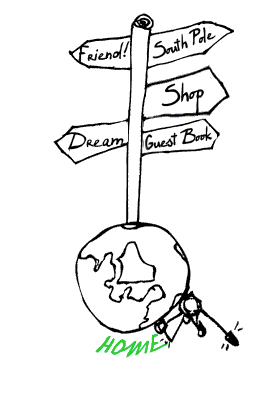On the way to Pristina it gets clear that he summer is over. Winter is coming and I see people chopping wood everywhere. Pristina appears to be a city full of antagonisms. You can tell that the war here still lives in the mind op people. The war is over for six years now but the city is still predominated by carriages of the UN, UNMIK and KFOR. The ordinary population moves around in a lot of cars and at foot. From time to time I also see small red tractors. I speak to women who have worked in the war with tractors on the field, it was to dangerous for the men to go.
I meet up with Suta and Visar from World Child and perform at a school and in a juvenile home. It is very special to see this young people realising that I will take their dreams to the outer world all the way to the south pole. I also meet people who are working for Unicef and the UN and learn how hard the work is that they are doing, politics is slow and exhaustive so its hard to get something done. Im really hoping that something good will happen here.
When I reach the border to drive back to Italy where we catch a boat to Egypt, I get some more company for the trip. A small pup is following me around and I cant leave him behind so I take him with me. His name will be Kosovo and I hope he will accompany me during my journey.


